In the November 2021 issue, Takács Quartet violist Richard O’Neill discusses the first and third movements of Brahms’s String Quartet no.3 in B flat major, op.67. Here the quartet performs the third movement: Agitato - Trio - Coda.
The following extract is from The Strad’s November 2021 issue Masterclass: Richard O’Neill on Brahms’ String Quartet no.3 op.67. To read it in full, click here to subscribe and login. The November 2021 digital magazine and print edition are on sale now
The third movement
As a teenager, I listened to a recording of the Cleveland Quartet, with violist Martha Katz, play this Agitato over and over again, and I loved it. It’s the only place in the string quartet repertoire where the viola has the primary voice for the majority of a movement, and it’s so well written. The parts are closely spaced, but the unmuted viola just soars above the texture of the muted ensemble. In the Cleveland Quartet’s album booklet there was a description of a lady in a red dress that I found very evocative. After the jaunty, first movement and earnest second, the third has a sudden mysterious colour, in 3/4, like an agitato dance. It’s as though that lady has entered the room, and everyone is transfixed by her sultry figure.
The opening phrase
When I first learnt this movement, I used to hook in the opening quavers so that the strong beats would always fall on a down bow and the third beats would be singing and light. In the Takács Quartet, we play it as it comes, so that the main beats oscillate between downs and ups. This gives more of an over-arching shape, while my colleagues play their little sighs underneath. I bring out the diminuendos in the first two bars by enunciating the strong beats slightly with my index finger on the bow, to give a contrast between the strong beats and the weak beats. In Brahms I find that even the most luscious legato melody can benefit from a little bit of martelé, to give a real Brahmsian richness to the sound.
Changing roles
It can be a challenge to switch between playing solo and obligato lines in this movement. Both are equally important, but they can’t have the same texture. When the first violin comes in with the melody in bar 13, play with a sense of direction and longer line, without shaping the slurs or interrupting the violin melody too much. Your role there is to support the first violin, so shape with them, using a lot of bow. Because the viola is not muted, you can play flautando to blend in, dragging the bow a little bit to bring out any dissonance.
The viola has the main line from bar 25 and I use martelé to give these notes some rhythmic sassiness. From bar 37 it’s important to move the bow away towards the fingerboard as you join the chordal structure of the ensemble. That’s always the role of the viola: to jump into different textures, even in our own solo movement!
Harmonic motion and tension
There is always a nobility and pace to Brahms’s harmonic changes, even in bars 49–50, where they are fast-moving but never harried or hectic. It’s important to understand the tension and struggle between these changes and the melody as we move towards the second theme in bar 57. Here Brahms writes ‘poco a poco in tempo’, without specifying an end, so don’t regain tempo too quickly. Those four whole bars can feel a little bit bent and pulled.
From bar 81, the violist is stuck on a pedal A as the violin line descends, and it creates tremendous tension. I like to be conservative with the bow to begin with, and to use more and more. It’s as though you’re being stabbed with this pitch and it hurts more the longer it continues, causing a physical reaction. Brahms writes forte in bar 83, and tries to confuse our sense of time with a hemiola, as the music gets more intense, until we’re finally released into the recapitulation in bar 89.
There is a beautiful, written-out viola cadenza in bars 106–108. You can take time here, singing out the intervals that you find the most moving. Play the first note of each group with intention, and sing through the four-bar phrase that follows, from bar 110. This isn’t a lilty waltz any more: now everybody is playing at full throttle. Brahms’s hemiolas weave around his melodies like ivy around a wall, and they help give momentum to the music.
The trio, da capo and coda
There is something intermezzo-like and autumnal about the trio from bar 130, as the fiddles reach up and the cello falls down in beautiful contrary motion. It’s sultry, smoky music. I play mezzo forte, for a searching sound, and sink into the string slightly for the hairpin and down-beats in bars 154 and 156. The dolce in bar 162 is, for me, more airy and flautando than the espressivo passages that have come before. The viola is almost alone for these beautiful arpeggiated cascades, in canon with the second violin and then, from bar 170, with the cello. This is great counterpoint and I find it deeply satisfying.
For the da capo, if I played the opening mysteriously the first time around, I play more assertively the second. I also take more time for the cadenza, and create more pause in the hemiolas that follow, so that the D major shock of the coda doesn’t hit too fast! After that, suddenly everything becomes peaceful and calm. There are just two last moments of pain, in the F sharp, E, G of bars 193–194, and in the C sharp from bar 201. You can lean into this C sharp slightly, slowing down the bow to bring it out. Then we fall back into D major, for a touching, peaceful end.
Read: Masterclass: Rainer Moog on Brahms’s Viola Sonata in F minor op.120 no.1
Read: Masterclass: Antoine Tamestit on Brahms Viola Sonata op.120 no.1 third and fourth movements
-
This article was published in the November 2021 Chad Hoopes issue
The US violinist on making unconventional career choices, and sharing his knowledge with the next generation of players. Explore all the articles in this issue . Explore all the articles in this issue
More from this issue…
- Chad Hoopes on unconventional career choices
- Black classical musicians share their experiences
- Will a Stradivari copy sound like a Strad?
- Solo Bach from Fabio Biondi
- The early bow makers of San Francisco’s Bay Area
- Scottish folk Baroque fusion
Read more playing content here
-
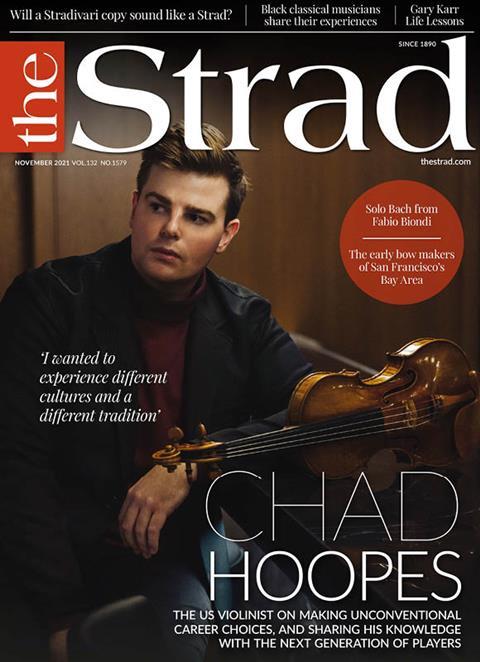
Masterclass: Beethoven String Quartet op.132
- 1
- 2
- 3
- 4
- 5
- 6
- 7
- 8
 Currently reading
Currently readingMasterclass: The Takács Quartet performs Brahms’s String Quartet no.3
- 9
- 10
- 11
- 12























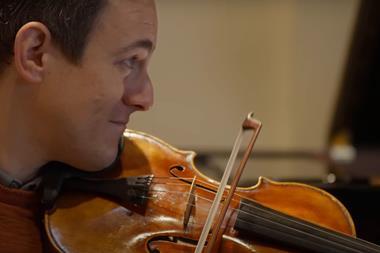
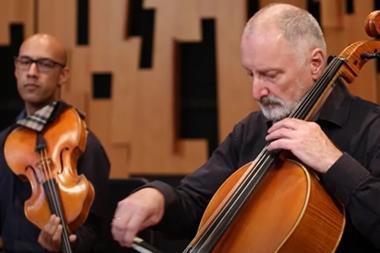
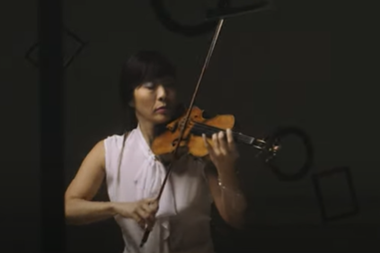

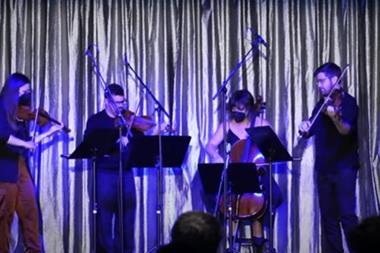



















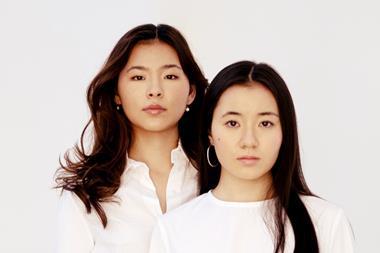
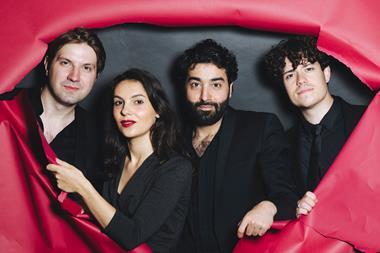

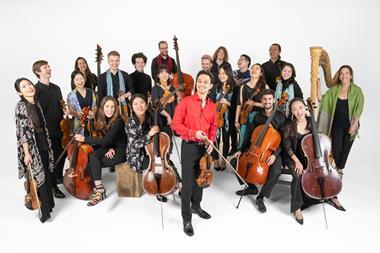
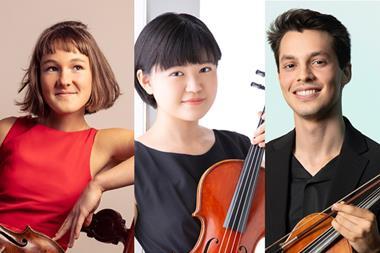













No comments yet